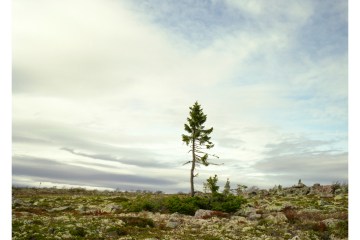So the news we report at Ecocentric is often of the doomy sort: overfishing, extinct species, killer heat waves, deadly disasters, that sort of thing. You can’t put all the blame on us–the world really is that unstable, and at the same time, the darkest posts do seem to get the most clicks.
But not everything is bad! We live in what is still an incredible and beautiful world, one we’re only beginning to comprehend. By some counts there are perhaps 10 to 12 million separate species of plants and animals on Earth, which is about 10 to 12 million more than we know of on any other planet in this universe. And even that figure is just an estimate—we’ve only formally described perhaps 2 million species altogether. There’s a whole world of biodiversity out there waiting to be discovered by scientists willing to do the field work.
So it makes sense that’d we celebrate the 2013 list of the top 10 new species, which is put out each year by the International Institute for Species Exploration at Arizona State University. A global committee of taxonomists—the hard-noses scientists who name and classify species—assemble the list and release it on May 23, the birthday of the great 18th century Swedish botanist Carolus Linnaeus, the man responsible for the modern system of species classification.
The committee picked the top 10—which includes a glow-in-the-dark cockroach and the smallest vertebrate on Earth—from more than 140 nominated species. But this is just the beginning—the institute is calling for a “NASA-like mission” to discover 10 million new species over the next half century. We’re up against the clock, as Quentin Wheeler, the founding director of the institute, put it in a statement:
For decades, we have averaged 18,000 species discoveries per year which seemed reasonable before the biodiversity crisis. Now, knowing that millions of species may not survive the 21st century, it is time to pick up the pace.
These new species represent a good start, but there’s so much more to learn.






